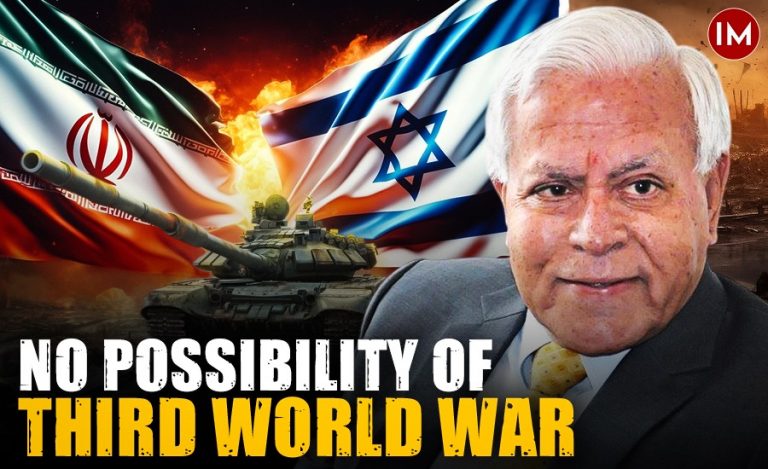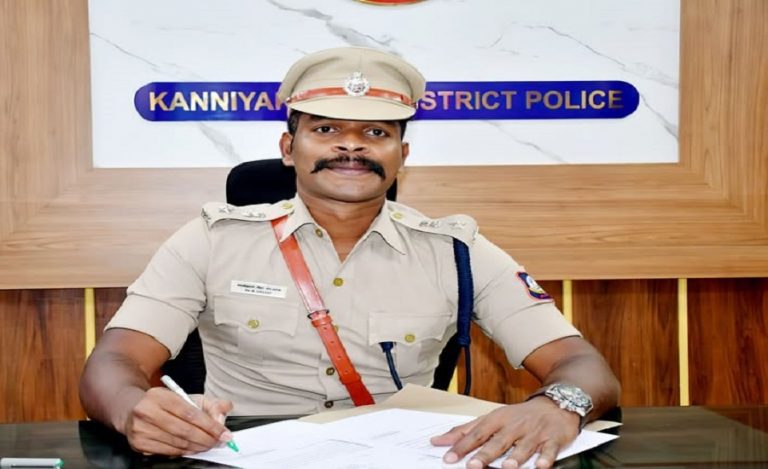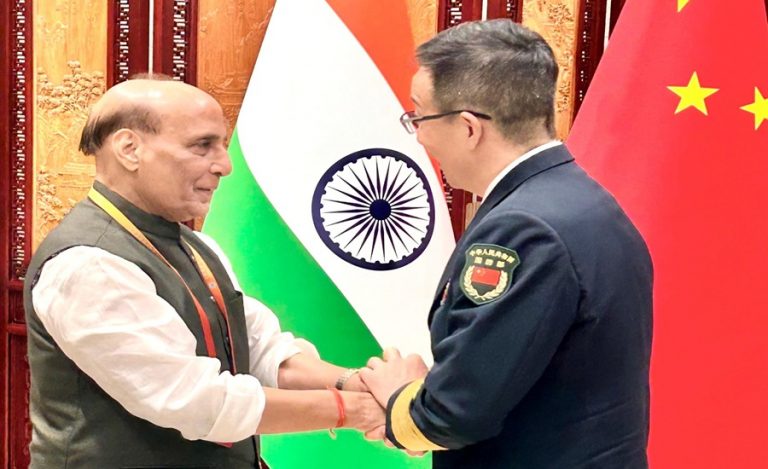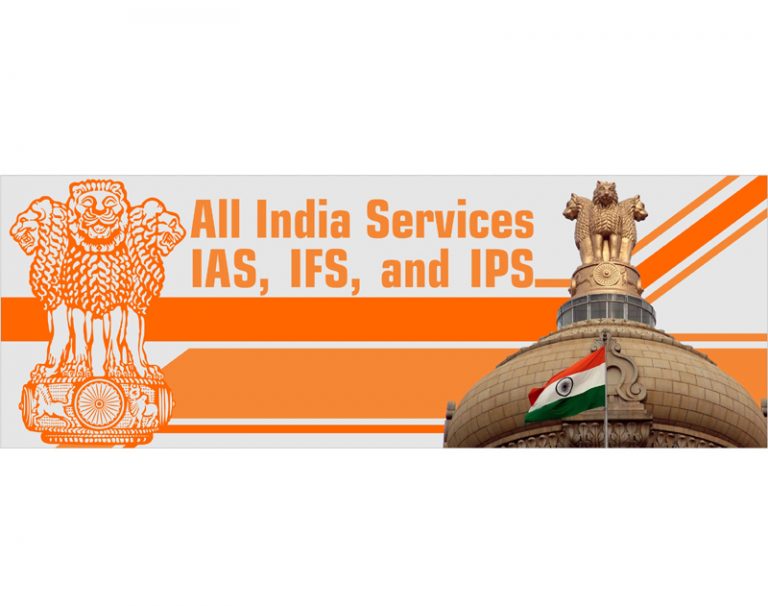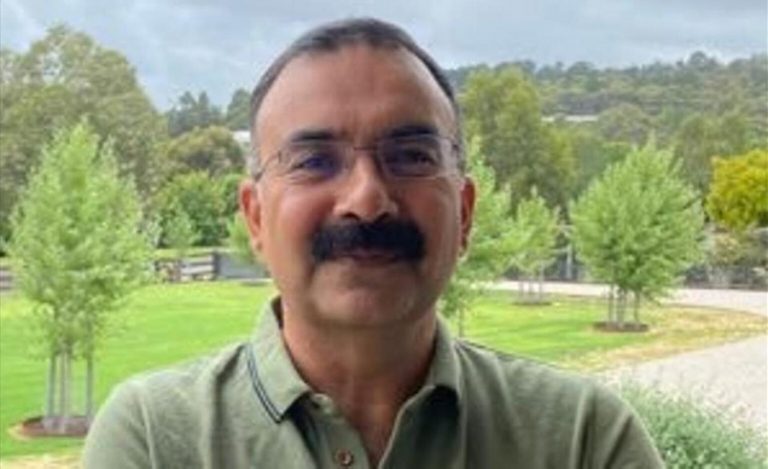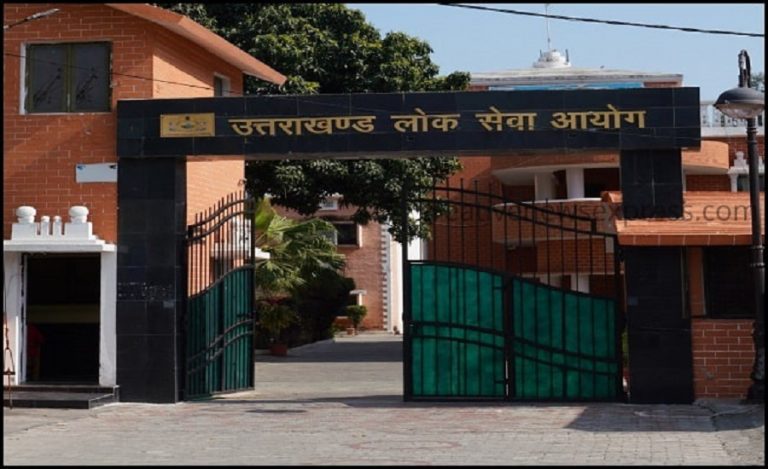On January 11, 2025, the Government of India issued a quiet but significant order: IAS officer Prashant Kumar Singh, then serving as Secretary of the Ministry of New and Renewable Energy (MNRE), was repatriated to Manipur. Within hours, the Manipur government appointed him as the new Chief Secretary, handing him a role many would consider the toughest in the state bureaucracy today.
Singh returns to his parent cadre at a time when Manipur is still struggling with the aftershocks of ethnic unrest. The clashes between the Kuki and Meitei communities that erupted in May 2023 have scarred the state’s social and political fabric. For Singh, this is not just a new posting; it is a return to a state that needs strong administrative hands and calm decision-making more than ever before.
AN OFFICER WITH PAN-INDIA EXPERIENCE
A 1993-batch IAS officer of the Manipur cadre, Singh’s administrative journey has spanned crucial sectors and transformative roles. Before being appointed as Chief Secretary, he served as Secretary of MNRE, where he helped push India’s ambitious clean energy goals, especially the 2030 target of installing 500 GW of non-fossil fuel-based energy capacity.
Prior to that, he held the post of Director and CEO of the Government e-Marketplace (GeM), a flagship e-governance initiative under the Ministry of Commerce and Industry. GeM was envisioned to bring transparency and efficiency to government procurement, and Singh’s tenure was marked by scale, system improvements, and simplification.
He has also served in key ministries, including Steel, Petroleum & Natural Gas, and was the Managing Director of the National Cooperative Consumers’ Federation of India. These roles, deeply embedded in policy and execution, add layers to his administrative insight.
STRONG ACADEMIC GROUNDING, STRONGER FIELDWORK
Singh’s academic journey began with a Bachelor’s degree in Electrical Engineering from IIT Delhi. He followed this with a master’s degree in Public Policy and Sustainable Development from TERI University, New Delhi, where he was awarded a gold medal.
This rare combination of technical expertise and policy training has shaped Singh’s approach to governance: one that is grounded, analytical, and reform-oriented. Whether overseeing energy targets or building procurement platforms, he is known for aligning execution with long-term policy vision.
RETURN TO A STATE IN DISTRESS
The decision to send Singh back to Manipur was not accidental. According to the Department of Personnel & Training, the repatriation was made at the request of the Manipur Government, indicating the trust reposed in him at the highest levels of the state’s political and administrative setup.
His predecessor, Vineet Joshi, was recently appointed as the Higher Education Secretary at the Centre. In the weeks following that, Singh’s name was quietly cleared by the Appointments Committee of the Cabinet. By the second week of January, he was in Imphal, ready to take over the reins of a state in the throes of crisis.
Manipur’s recent history has been volatile. The violence between Kuki and Meitei groups has not only triggered law and order breakdowns but has also complicated governance at every level. Singh takes charge at a moment when the administrative machinery requires both calm and clarity.
KNOWN TO GET THINGS DONE
Colleagues describe Singh as a tough taskmaster, someone who works behind the scenes and believes in systems more than slogans. His tenures at GeM and MNRE are often cited as examples of high-impact work delivered without much noise.
The expectation now is that he will bring the same approach to Manipur: quiet but firm, tech-savvy but people-focused. Navigating ethnic tensions is far more complex than managing energy targets or procurement reforms. But with his background, Singh carries both the experience and the authority to steer the state through its current turbulence.
A CHIEF SECRETARY WHO KNOWS THE GROUND
This is not Singh’s first stint in Manipur. He has held various roles in the state before moving to central ministries. He understands the geography, the cultural divides, and the challenges of operating within a politically sensitive landscape.
This familiarity is expected to help him act swiftly on issues like rehabilitation, coordination with security forces, and administrative rebuilding. His arrival has been noted not just in bureaucratic circles but among citizens and community leaders who are looking for a reset in governance.
WHAT LIES AHEAD
With Manipur’s wounds still fresh and unrest simmering beneath the surface, Singh’s posting is not a routine bureaucratic shuffle; it is a mission. In a state where every administrative step is watched closely and every misstep can lead to escalations, his role will be both strategic and symbolic.
His performance in the coming months could well redefine how bureaucracy can respond to deeply rooted ethnic and political fault lines. For now, Manipur waits and watches as one of its most experienced officers returns home, this time to lead from the front.






